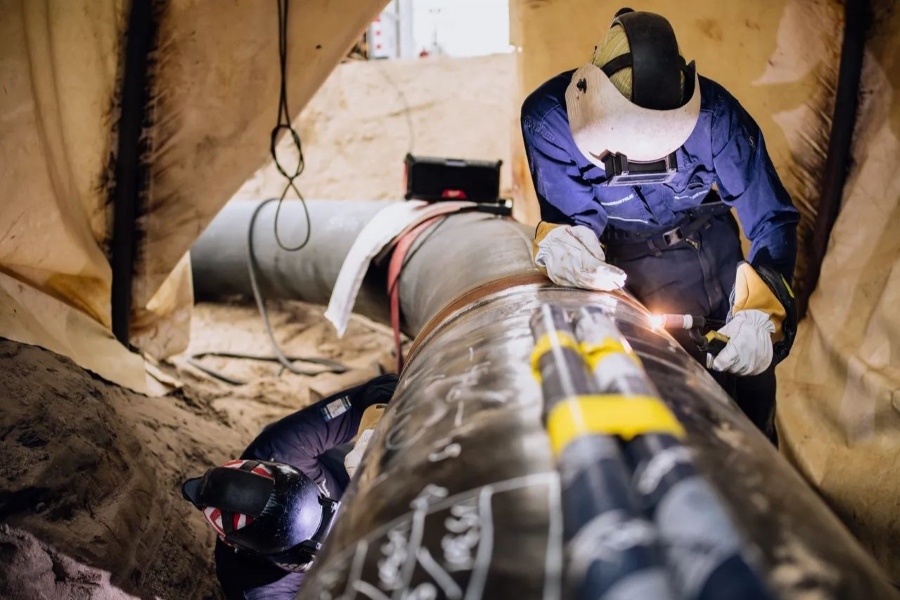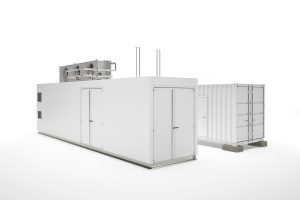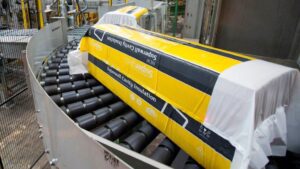The project is being developed by Hynetwork, a wholly owned subsidiary of Gasunie, which is building the hydrogen superhighway to connect supply and demand across the Netherlands.
Construction of the Rotterdam section began in April 2024 following several years of preparation. The route had to navigate a dense industrial landscape of roads, railways, waterways, and hundreds of existing pipes and cables, making it a highly complex undertaking. In some cases, the pipeline had to pass beneath more than 20 pipes and cables, all of which remained in operation during construction.
An additional challenge was posed by the parallel construction of the Porthos CO₂ network. Along a 14 km stretch, the two pipelines run just 40 cm apart, requiring careful coordination of work schedules. The successful completion of this engineering feat was achieved by the teams from Hynetwork and contractor Hanab Pipelines & Industry.
The next phase in Rotterdam will involve testing, pre-commissioning, commissioning, and preparing the network for operation, with completion scheduled for April 2026. The 32 km pipeline links Maasvlakte 2 with Pernis and will first be used by Shell’s Holland Hydrogen I plant, supplying the Shell Energy and Chemicals Park Rotterdam. The pipeline has been designed with multiple connections to accommodate future hydrogen suppliers and consumers, laying the foundation for the Port of Rotterdam to become a major European energy gateway connected to Germany, Belgium, and the wider Netherlands.






